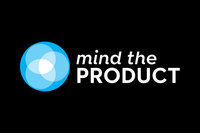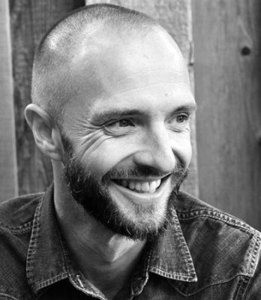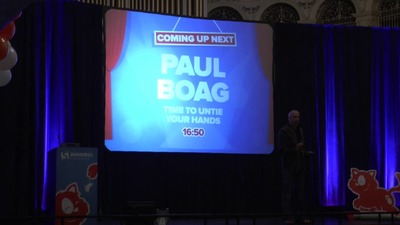Mind the Product
July 2015
Product Development Tools
Most products follow the same pattern – they start with an a-ha moment, where you’ve come up with a product idea and concept and sketch it out quickly. Seems simple right? But as we all know any product quickly becomes incredibly complex, and you’re tearing your hair out about bugs, different mobile experiences, and all the other details that come with a fully fledged product.
The key, Ryan says, is to identify the capabilities that the product needs to have that are orthogonal to each other. Because if you are able to identify something that is separate from something else and work on it – you get to this wonderful state called done. And because they’re orthogonal you can check them off one after the other.
He then breaks down these capabilities into each of the component pieces required to design, build and deliver that capability, which effectively becomes the to do list for that capability – giving you even more power to check off item by item as you progress through the project. This level of detail also gives you great visibility of the state of the whole project – instead of piecemeal work completed you get a very clear picture of what’s done and what’s not at any stage in the project.
Watch the talk to see him walk through an example of how he applies this method, as he draws out an example project using this tool live on stage.
Ryan Singer
See speaker profile
2 conference talks









